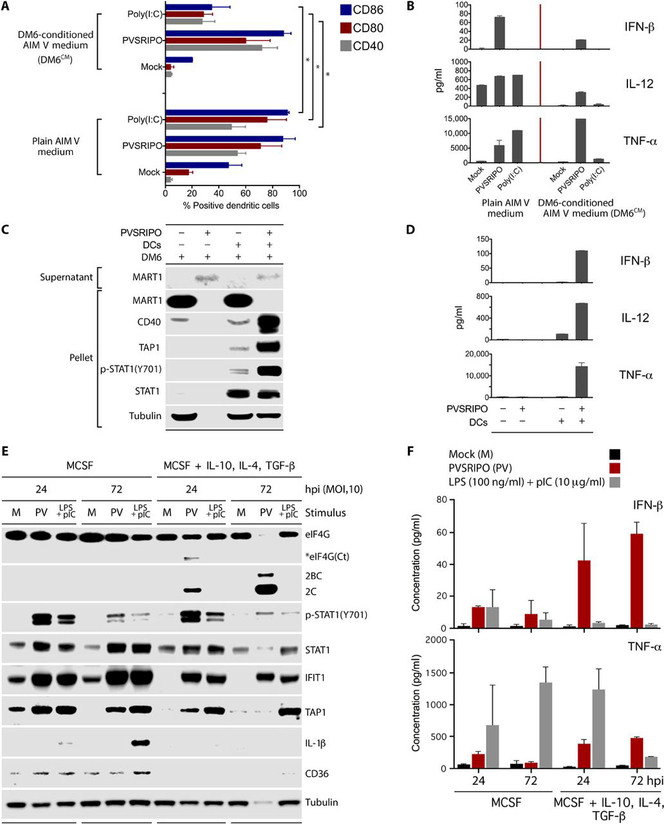Fig. 5. PVSRIPO-mediated APC activation occurs in immunosuppressive conditions.

. (A and B) DCs were cultured in the presence of AIM-V or DM6CM (24 h) and untreated (mock) or treated with PVSRIPO (MOI=10) or poly(I:C) (10 μg/ml) (48 h). (A) Cells were analyzed for activation markers by flow cytometry. Data bars represent the mean of two independent experiments, and error bars denote SEM. Asterisks depict significance as determined by ANOVA protected Tukey’s HSD test. For representative flow cytometry data, see fig. S4. (B) Supernatant from (A) was tested for pro-inflammatory cytokine production by ELISA. (C and D) DM6 cells were cultured alone or with DCs and mock-/PVSRIPO infected (MOI=10). Supernatant was tested for lytic release of MART1 by immunoblot; cell pellets were tested for markers of DM6 cells (MART1) and DC activation [CD40, TAP1, p-STAT1(Y701), STAT1] (C). Supernatants from (C) were assessed for pro-inflammatory cytokine production (D). (E, F) Negatively selected human monocytes were differentiated with MCSF (25 ng/ml) or MCSF + IL-10, TGF-β, and IL-4 (all at 20 ng/ml) for 7 days. The cells were infected with PVSRIPO (MOI=10) or treated with combined poly(I:C) (10 μg/ml) and LPS (100 ng/ml) as shown. Cell lysates were retained for immunoblot (E), and supernatants were used for ELISA (F). (B, C, E) Experiments were repeated three times, and representative data are shown. (D, E) Data bars represent the mean of two independent experiments, and error bars indicate SEM.
